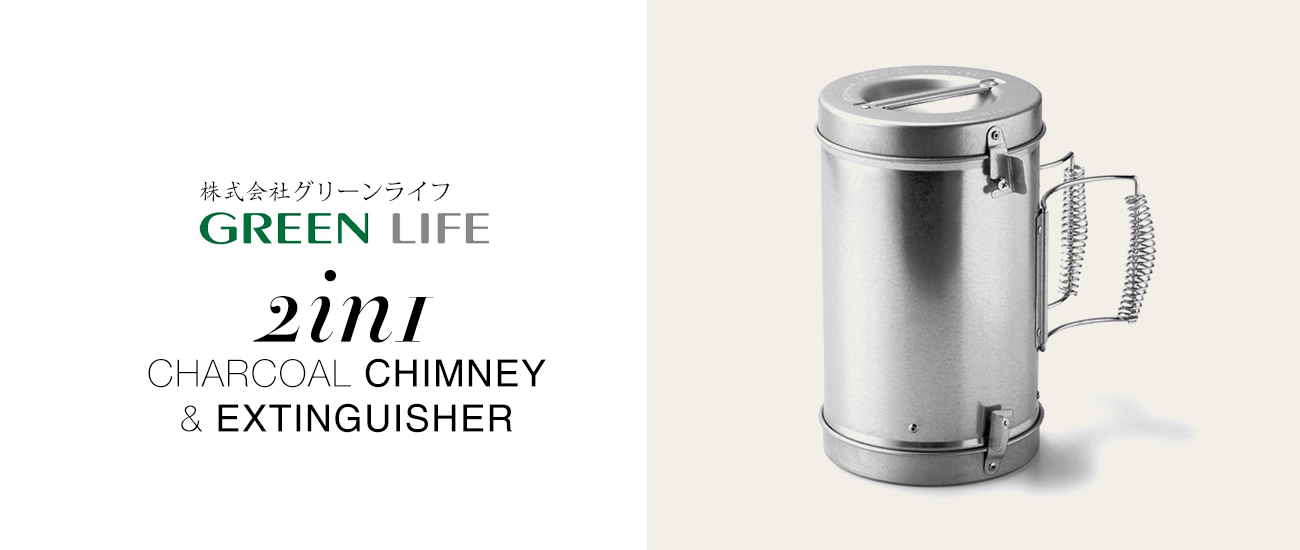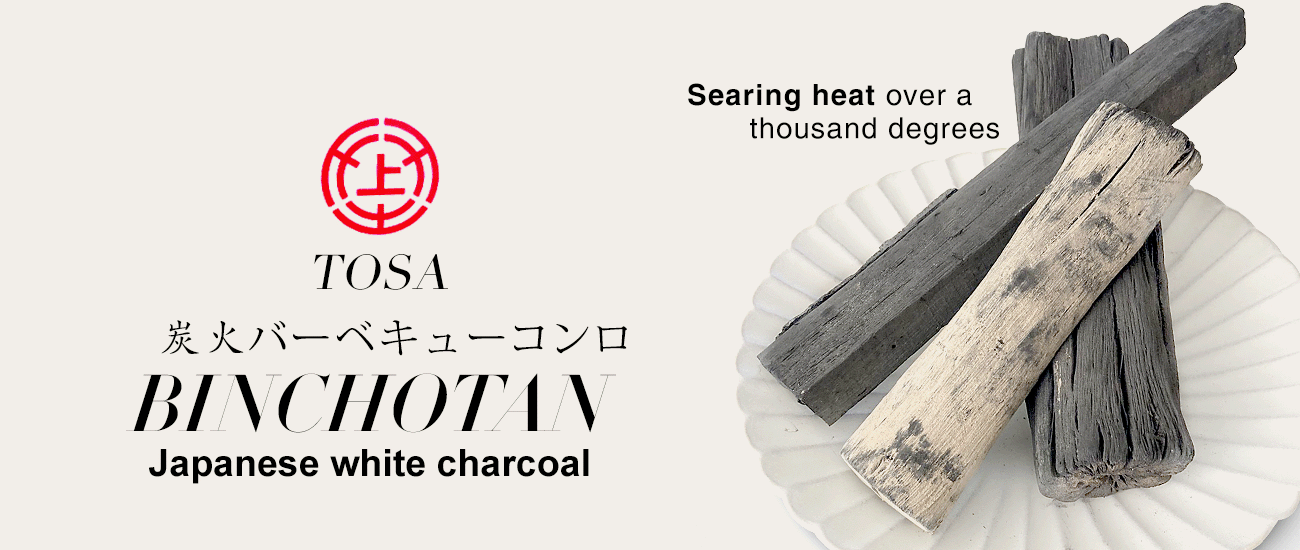
My experience with the hibachi grill / konro grill
My experience with the hibachi grill / konro grill
The author of this post, Lee Whittaker at @yorkshireman.cooks, is our fellow customer in NSW central coast who has passion for cooking.
Having visited Japan six times in the past five years, it is safe to say, I mostly went back for the food.
Walking down Omoide Yokochō in Tokyo and smelling all the grilled meats is delightful. That is quite possibly my favourite smell in the world, and cooking on the konro grill / hibachi grill allowed me to experience this in my own home.
Having seen this hibachi on episodes of MasterChef and the equivalent in Japan, I decided it was time to reach my hand in my pocket and purchase one. As it was just myself and my partner at the time (we now have a baby), I went for the smallest one, which serves 2-6 people. Even when grilling with friends, while others enjoy their food, this small hibachi is still perfect for entertaining a larger group.
I have cooked all kind of foods, from steaks to chicken, from prawns to scallops and from carrots to corn on my hibachi and each dish has been infused with a beautiful smoky flavour.

Images provided by Lee Whittaker at @yorkshireman.cooks
The binchtan Japanese white charcoal
Cooking with the bintochan charcoal brings out such a different smell compared to whacking a steak or chicken on my BBQ. It is almost a cleaner smell than the gas lit flame or even the smoky smell that comes from my pellet smoker. (I’m a cheat, I know.)
One thing I was warned about was how hard this kind of charcoal was to light, and I was extremely apprehensive about using it based on its cost per kg (especially because I got my charcoal for free from a family friend), but the reality is, it is no harder to light than what you would use on a charcoal smoker or BBQ, it just takes longer.
But…the wait is worth it.
It is pure heat. No nasty fumes to ruin the meat or veggies, just heat and a slight smoke, meaning you get incredible tasting food when you use your hibachi.
How to light binchotan
Use a portable gas stove and a charcoal chimney starter. I have recently purchased an alternative which makes things SO much easier: an electric charcoal starter.
About our hibachi grill / konro grill
Just place the charcoal in the konro, plug the starter in and point directly at the bintochan. It takes about 60 seconds until they are glowing red. The grill is ready to cook on in about 20 minutes.
Another bonus about bintochan is that once you finish cooking, you can place the lit coals into some water to extinguish, let dry out and then use them again next time. (Please see our notes below.)
VERDICT
Would I recommend this to anyone?
Yes. I’m not a chef, but I enjoy cooking and I love to cook for other people. The hibachi allows me to cook and not lose out on the social aspect of being in the kitchen when I have guests.
It also gives me the opportunity to cook food for my fiancée. When it is a beautiful evening and we are sitting out on our deck with a glass of red in hand, and the smell of grilled meats is wafting in the air, we are transported back to the streets of Tokyo.
COPYRIGHT WARNING: Content theft of any kind is immediately reported to Google, which results in ranking penalties. Original texts can be verified in internet archives. My Cookware Australia® holds the copyrights for all the content on this site, including articles, product descriptions, and user guides.


